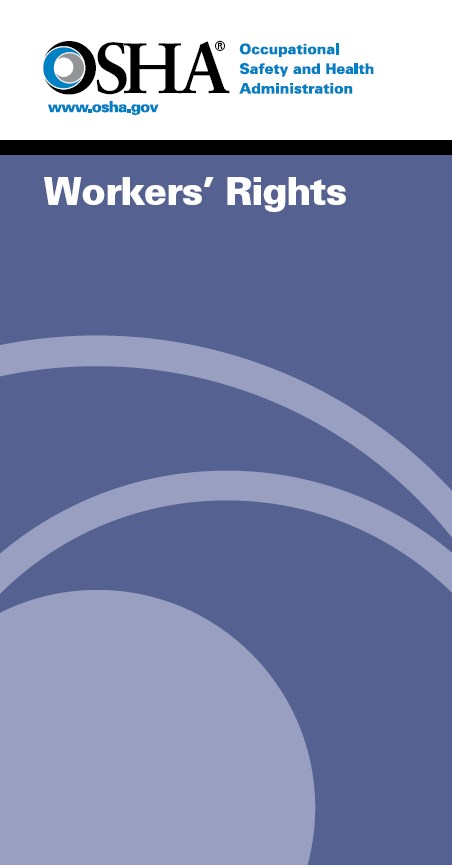 Worker Protection is the Law of the Land
Worker Protection is the Law of the Land
You have the right to a safe workplace. The Occupational Safety and Health Act of 1970 (OSH Act) was passed to prevent workers from being killed or otherwise harmed at work. The law requires employers to provide their employees with working conditions that are free of known dangers.
The OSH Act created the Occupational Safety and Health Administration (OSHA), which sets and enforces protective workplace safety and health standards. OSHA also provides information, training and assistance to employers and workers.
- The OSHA HAZWOPER Standard (29 CFR Part 1910.120) – requires that all workers that are exposed to or handle hazardous materials must take a 24hr or 40hr HAZWOPER Training Course and an 8hr Annual Refresher.
- 8hr Refresher: $40 / 24-hour: $155 / 40-hour: $255
- 10% OFF SALE: Enter Promo Code "TRAIN10OFF" at Checkout
Employer Responsibilities
Employers have the responsibility to provide a safe workplace. Employers MUST provide their employees with a workplace that does not have serious hazards and must follow all OSHA safety and health standards. Employers must find and correct safety and health problems. OSHA further requires that employers must try to eliminate or reduce hazards first by making feasible changes in working conditions – switching to safer chemicals, enclosing processes to trap harmful fumes, or using ventilation systems to clean the air are examples of effective ways to get rid of or minimize risks – rather than just relying on personal protective equipment such as masks, gloves, or earplugs.
OSHA Workers’ Rights Booklet Revised (OSHA 3021 – 2016)
- PDF Format: View

Employers MUST also:
- Prominently display the official OSHA poster that describes rights and responsibilities under the OSH Act. This poster is free and can be downloaded from www.osha.gov.
- Inform workers about hazards through training, labels, alarms, color-coded systems, chemical information sheets and other methods.
- Train workers in a language and vocabulary they can understand.
- Keep accurate records of work-related injuries and illnesses.
- Perform tests in the workplace, such as air sampling, required by some OSHA standards.
- Provide hearing exams or other medical tests required by OSHA standards.
- Post OSHA citations and injury and illness data where workers can see them.
- Notify OSHA within 8 hours of a workplace fatality or within 24 hours of any work-related inpatient hospitalization, amputation or loss of an eye.
- Not retaliate against workers for using their rights under the law, including their right to report a work- related injury or illness.
Who Does OSHA Cover?
Private Sector Workers
Most employees in the nation come under OSHA’s jurisdiction. OSHA covers most private sector employers and employees in all 50 states, the District of Columbia, and other U.S. jurisdictions either directly through Federal OSHA or through an OSHA- approved state plan. State-run health and safety plans must be at least as effective as the Federal OSHA program. To find the contact information for the OSHA Federal or State Program office nearest you, call 1-800-321-OSHA (6742) or go to www.osha.gov.
State and Local Government Workers
Employees who work for state and local governments are not covered by Federal OSHA, but have OSH Act protections if they work in those states that have an OSHA-approved state plan.
Not Covered under the OSH Act
- Self-employed;
- Immediate family members of farm employers; and
- Workplace hazards regulated by another federal agency (for example, the Mine Safety and Health Administration, the Department of Energy, or Coast Guard).
